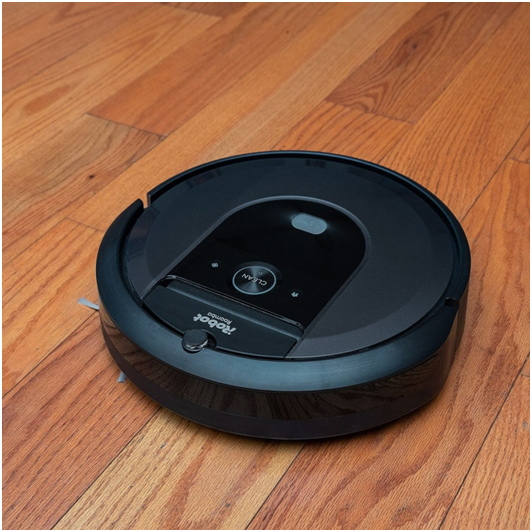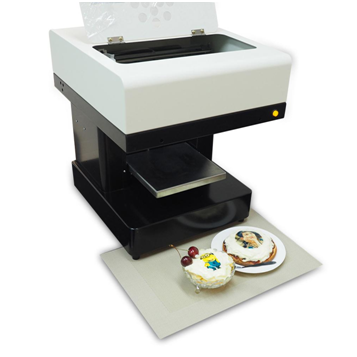
Charles R. Goulding and Preeti Sulibhavi examine how 3D printing can rebuild appliances and other household items in need of repair.
What was once old can be new again. It sounds like a contradiction in terms but nothing could be more true, especially during this unpredictable pandemic. Remanufacturing is a subsector of industry that involves taking products or components, whether in disrepair or at the end of their useful life, and giving them new purpose and functionality. In fact, we have two major remanufacturing clients that use 3D printers for aerospace/defense contract work, as well as for small electronic devices and appliances.
In addition to building a part or component with new purpose and utility, remanufacturing or reverse-engineering also breathes new life into the economy. This pandemic has substantially increased demand for remanufacturing as described in a recent NY Times article. With people home, using their appliances more (e.g., more coffee made at home and more paninis, etc.) there is more disrepair and less of a supply chain for direct purchase.
During the beginning of the crisis, ventilators and other medical equipment were in high demand and short supply. The unprecedented demand for this medical equipment resulted in companies, like GE Healthcare, which remanufacturing and refurbishing products to support COVID-19 patients. CoreCentric Solutions also offers custom remanufacturing solutions for appliances, appliance parts, and other consumer goods. CoreCentric’s 350,000 sq. ft. facility and approximately 200 employees provide support for the company to offer low-cost solutions to finding reasonable replacement parts and appliances.
Other appliances that could be refurbished or may require reasonably-priced replacement parts include vacuum cleaners, particularly robot ones. For instance, the Roomba, produced by iRobot, will do your vacuuming for you as long as you maintain it. This includes replacement parts. One of our clients refurbishes Roomba models as well.
To make these refurbished or remanufactured parts by the original process can be expensive, especially when brought to scale. That is where 3D printing can offer a low-cost, high-volume solution, especially in this supply chain breakdown because of the coronavirus crisis. We’re seeing that 3D printing components and parts is increasingly more feasible.
R&D tax credits are available to companies that engage in 3D printing for refurbished components and replacement parts.

The Research & Development Tax Credit
Enacted in 1981, the now permanent Federal Research and Development (R&D) Tax Credit allows a credit that typically ranges from 4%-7% of eligible spending for new and improved products and processes. Qualified research must meet the following four criteria:
- Must be technological in nature
- Must be a component of the taxpayer’s business
- Must represent R&D in the experimental sense and generally includes all such costs related to the development or improvement of a product or process
- Must eliminate uncertainty through a process of experimentation that considers one or more alternatives
Eligible costs include US employee wages, cost of supplies consumed in the R&D process, cost of pre-production testing, US contract research expenses, and certain costs associated with developing a patent.
On December 18, 2015, President Obama signed the PATH Act, making the R&D Tax Credit permanent. Beginning in 2016, the R&D credit has been used to offset Alternative Minimum Tax for companies with revenue below $50MM, and startup businesses can obtain up to $250,000 per year in cash rebates applied directly toward payroll taxes.
“Everything old is new again…”
In addition to the medical crisis that has wreaked havoc on us globally, the economic impact is devastating for millions as well. Buying expensive, new parts may become less of an option and 3D printing replacement component/parts is increasingly seen as the solution. As Stephen King pointed out, “everything old is new again…”
